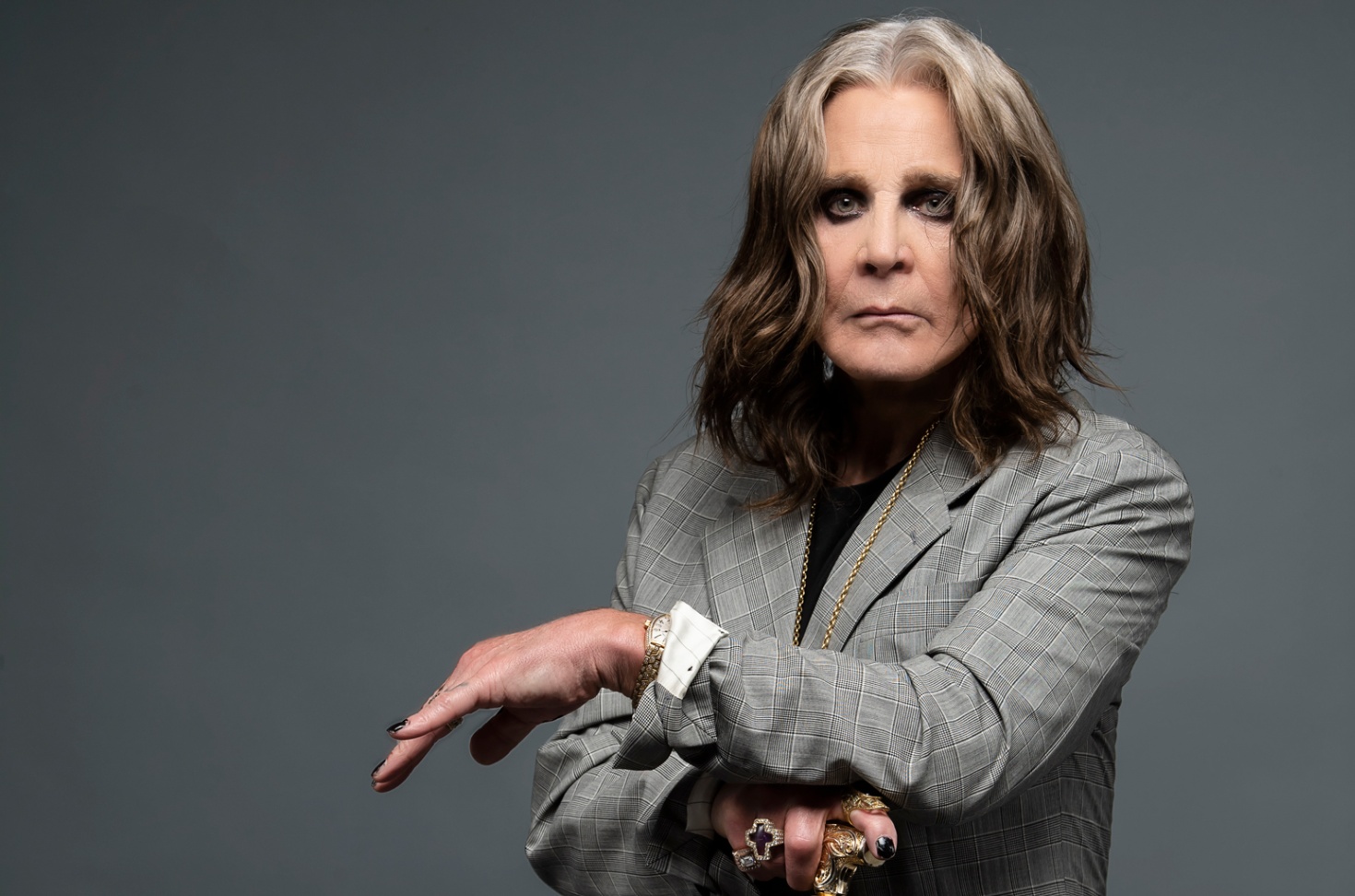How Did the “Prince of Darkness” Become a Global Icon?
The Unlikely Rise, Fall, and Reinvention of Ozzy Osbourne
John Michael “Ozzy” Osbourne is a name that transcends genres, decades, and generations. Known as the “Prince of Darkness,” he is a figure both feared and loved, ridiculed and revered. But how did this working-class kid from Birmingham, England, become a global icon and one of the most enduring figures in music and popular culture?
The answer lies in a career defined by chaos, creativity, controversy—and a kind of charisma that simply refuses to fade.

From Birmingham to Black Sabbath: Birth of a Genre
Ozzy’s journey began in the industrial shadows of Birmingham in the late 1960s, where he teamed up with guitarist Tony Iommi, bassist Geezer Butler, and drummer Bill Ward to form Black Sabbath. The band’s self-titled debut in 1970 introduced something the world hadn’t heard before: slow, crushing riffs paired with lyrics about war, death, and the occult. It was the birth of heavy metal.
Ozzy’s voice wasn’t technically refined—often nasal, eerie, and strangely childlike—but it was perfect. His haunting delivery gave life to Sabbath’s ominous sound. Tracks like “Paranoid,” “War Pigs,” and “Iron Man” became instant classics, setting a new template for what heavy music could be.
Black Sabbath wasn’t just a band; it was a movement. And Ozzy, with his dark charisma and unpredictable energy, was its face.
The Fall… and the Rise
By the late 1970s, however, Ozzy’s life was spiraling. His drug and alcohol abuse had reached uncontrollable levels, leading to his firing from Black Sabbath in 1979. For many artists, that would’ve been the end. For Ozzy, it was only the beginning.
Just months after being ousted, he launched a solo career that would elevate him to even greater heights. With the help of young guitar prodigy Randy Rhoads, Ozzy released Blizzard of Ozz in 1980—a record filled with metal anthems like “Crazy Train” and “Mr. Crowley.” Rhoads’ classically inspired guitar work paired beautifully with Ozzy’s unique voice, creating a fresh yet familiar sound that captivated audiences.
Tragically, Rhoads died in a plane crash in 1982, a loss that devastated Ozzy. Yet, he pushed forward, continuing to release hit albums and solidify his solo legacy with songs like “Bark at the Moon” and “No More Tears.”
More Than Music: Ozzy the Pop Culture Icon
Ozzy didn’t just survive the ‘80s and ‘90s—he reinvented himself. Long after many of his peers faded, Ozzy remained in the spotlight, thanks in part to his unpredictable personality and bizarre behavior.
The most infamous moment? In 1982, during a performance in Des Moines, Iowa, he bit the head off a live bat thrown on stage. Whether he knew it was real or not remains debated, but the incident cemented his status as metal’s most outrageous figure.
But Ozzy’s fame reached a whole new level in the 2000s with the MTV reality series The Osbournes. The show, which followed the daily lives of Ozzy, his wife Sharon, and their children Jack and Kelly, became a cultural phenomenon. Suddenly, the Prince of Darkness was also a dad who mumbled through household chores, battled malfunctioning remote controls, and dropped F-bombs with endearing confusion.
The Osbournes revealed a side of Ozzy no one expected—vulnerable, funny, and surprisingly relatable. It introduced him to a new generation that may not have grown up with “Paranoid,” but knew him as the loveable, bewildered patriarch of a rock ‘n’ roll family.
A Life of Scars—and Strength
Ozzy Osbourne’s journey hasn’t been without hardship. He’s battled addiction, mental health struggles, and a laundry list of health scares. From nearly fatal ATV accidents to a Parkinson’s disease diagnosis, he’s faced challenges that would sideline almost anyone else.
Yet, through it all, he’s kept moving forward.
Even in his seventies, Ozzy continues to record and perform. His 2020 album Ordinary Man and 2022’s Patient Number 9 received critical acclaim, proving he still has creative fire left to burn. Collaborations with artists like Post Malone and Travis Scott introduced his sound to even younger audiences, bridging generations in a way few rockers ever have.

The Legacy of Ozzy Osbourne
So how did the “Prince of Darkness” become a global icon?
He never stopped evolving. From metal pioneer to solo star, from reality TV personality to elder statesman of rock, Ozzy has worn many masks—but at his core, he has always stayed true to himself.
He represents the wild, unfiltered, and unpredictable heart of rock ‘n’ roll. He’s the survivor who shouldn’t have made it, the showman who bites bats and still cries on stage, the misunderstood misfit who became beloved by millions. His voice may waver, his walk may slow, but his legacy roars louder than ever.
Ozzy Osbourne is more than a musician. He’s a symbol of resilience, reinvention, and raw, unapologetic passion.
And that, more than anything, is how the “Prince of Darkness” became a global icon.